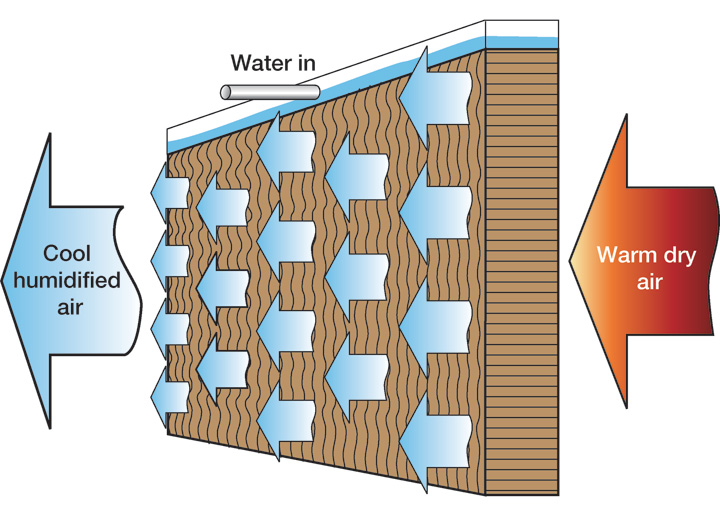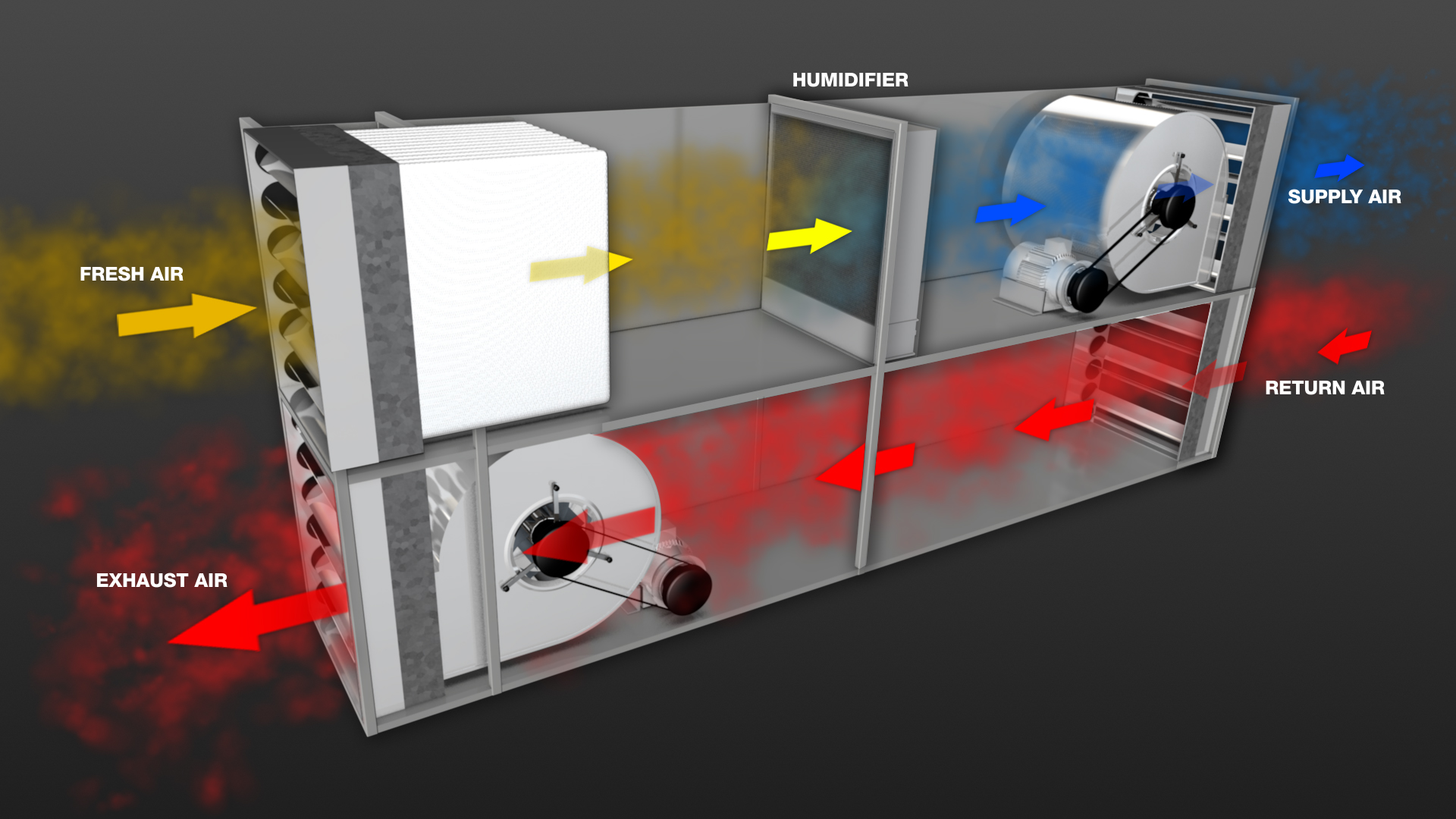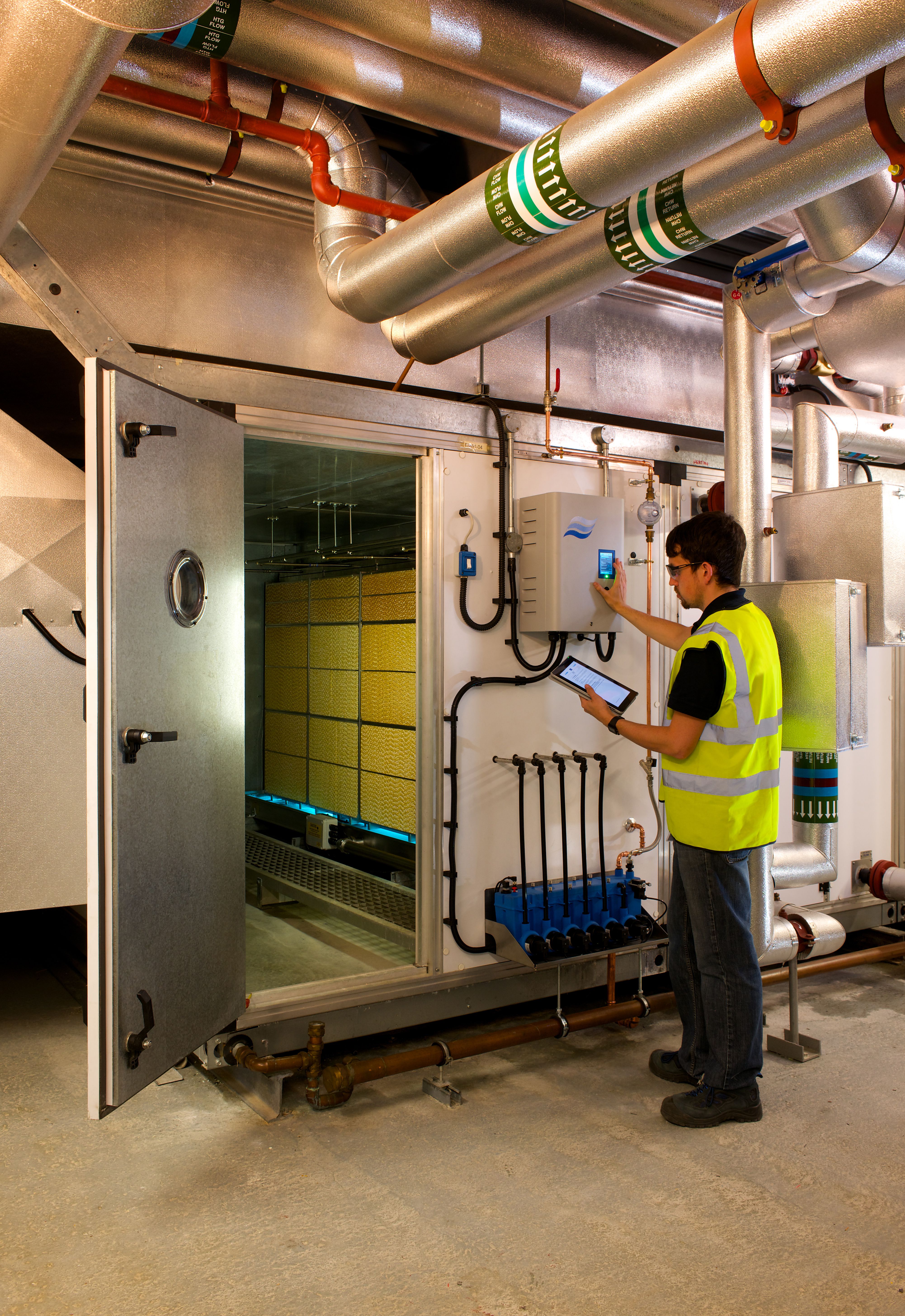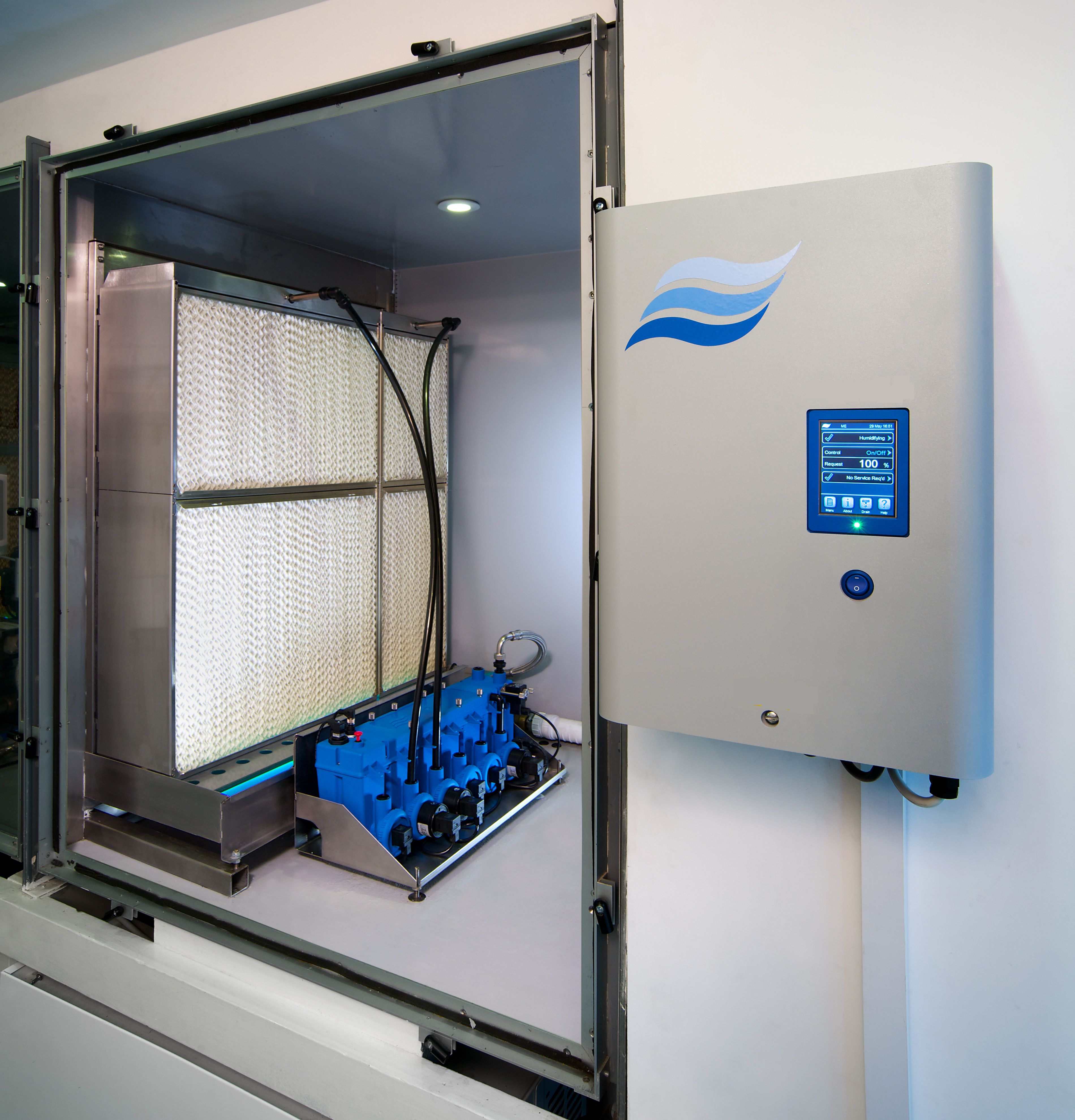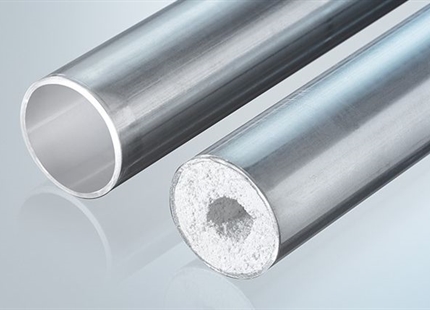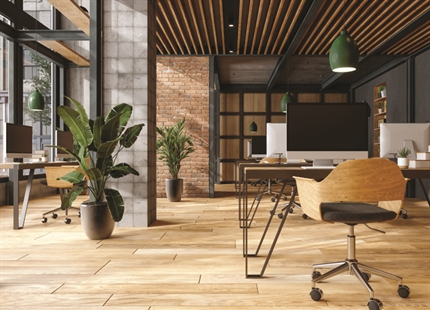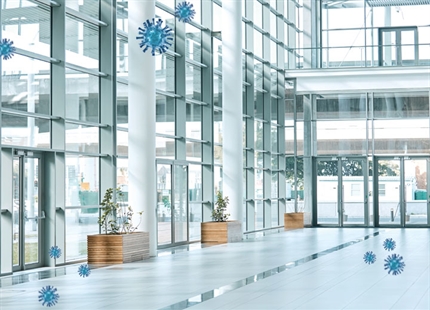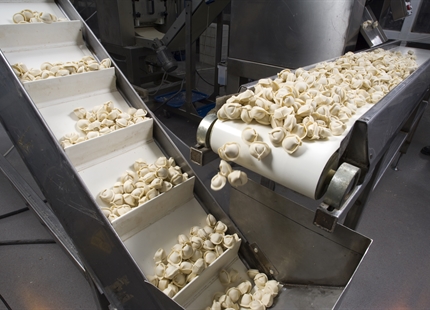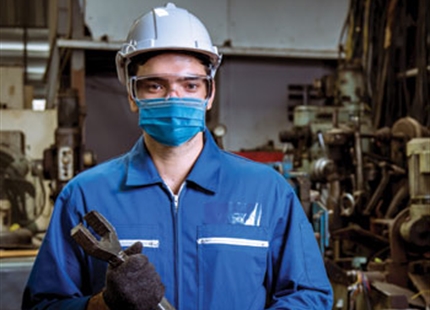06.19.2017
6 Ways to Use Evaporative Cooling
Around the world, evaporative cooling systems such as those manufactured by Condair are helping to make workplaces and public spaces more comfortable and cost-effective. These intuitive and powerful systems are ideal for environments requiring comfortable, regulated temperatures and high indoor air quality. Here are six ways to use evaporative cooling.
1. Hospitals and Patient Care
To encourage the quick and infection-free recovery of patients and minimize the spread of airborne diseases, it is imperative that hospitals and other patient care facilities maintain a comfortable indoor atmosphere with a consistent mid-range relative humidity (RH) of 40 to 60 percent. Deviations in either direction can result in reduced air quality through the increased growth of various forms of airborne bacteria. Installing an evaporative cooling system will allow for this to be efficiently regulated and guarantee patients a smooth and uninterrupted healing process, minimizing airborne dust particles, static, premature coagulation, sore eyes and throats and other threats to overall health. The energy efficiency of these systems allows for otherwise wasted energy to be utilized by vital lifesaving equipment that typically consumes more electricity.
2. Automotive Manufacturing
The automotive industry can be chaotic, hot, dirty and full of pollutants. Therefore, an evaporative cooling system will be highly beneficial in regards to reducing health hazards and filtering toxins out of the atmosphere, such as airborne paint dust. It is also essential for reducing static build-up. For instance, sanding decks are excessively warm areas that create a lot of dust particles and static build-up. With the optimum 39.2˚F (4°C) of evaporative cooling implemented with direct air humidification for this workspace, pollutants and health hazards can be filtered out more efficiently and minimized. Such systems are also highly energy efficient, allowing for manufacturers to minimize heating and cooling costs.
3. Educational Facilities
In schools, libraries and other educational facilities, comfort is crucial. In order to better focus on studies, adequate mid-range relative humidity (again, 40 to 60 percent) must be maintained to prevent the introduction of overly dry or moist air. Otherwise, mental focus can be impacted by discomfort in the form of dry, irritated and cracking skin as well as sore eyes and sinuses. Evaporative cooling prevents these issues by producing humid air through the absorption of water. As a result, absenteeism in schools will decrease with fewer sicknesses stemming from subpar air quality.
4. Offices and Call Centers
In an office environment such as an accounting firm or call center, employee productivity is of paramount importance. Workers who are consistently ill from unregulated or poor air quality can inadvertently prevent an office from reaching its full potential efficiency. By cooling air through evaporation while producing sufficient humidity to meet mid-range levels, absenteeism will drastically decrease. Essentially, evaporative cooling systems such as those manufactured by Condair have a similar effect on office environments as they do in schools. Discreet and direct moisture introduction combined with temperature regulation in the form of evaporative cooling can make any office environment more comfortable and productive.
5. Data Centers
In some cases, low temperatures must be consistently maintained to ensure the reliability of specific equipment. In data centers with aisles of heat-producing servers, it is imperative that an evaporative cooling system is put in place to prevent temperatures from reaching critical levels as well as preserve a constant 40 to 60 percent range. Otherwise, excessively moist air will short out electronic equipment. Humidifiers are often incorporated with free air-cooling systems to either increase the cooling capacity with an evaporative cooling effect or provide high load, low-cost humidification to the large volume of air flowing through the data center's ventilation system. Therefore, an evaporative cooling system is ideal for such an environment.
6. Cold Storage
Cold storage systems also require consistent air and humidity regulation, as goods such as produce and various foods require close humidity control to prevent moisture loss. Otherwise, warmer air draws moisture from any surface including stored frozen or refrigerated goods. This can result in up to a 20 percent reduction in weight of some products, affecting appearance, quality and overall shelf-life. An evaporative cooling system enables the optimization of humidity and temperature, with an RH of around 95 percent typically ideal for goods and products in cold storage.
Evaporative cooling systems such as those manufactured by Condair are beneficial towards the preservation of public health, workplace productivity, product longevity and quality control and equipment effectiveness. As a result, these systems help to maintain the efficiency of modern society.
Helpful Links
Evaporative Cooling and Humidification ProductsCondair ME Series Evaporative Humidifier and Cooler Brochure (PDF)
